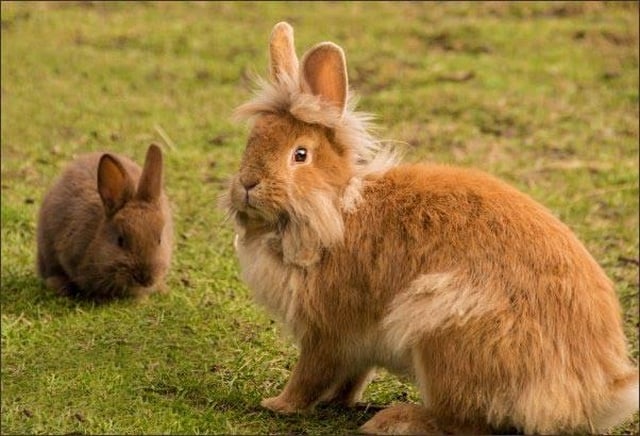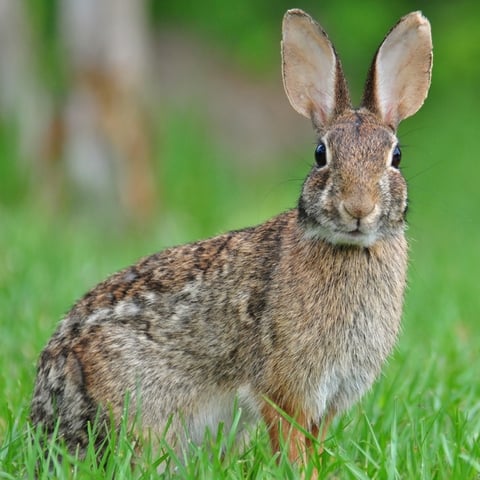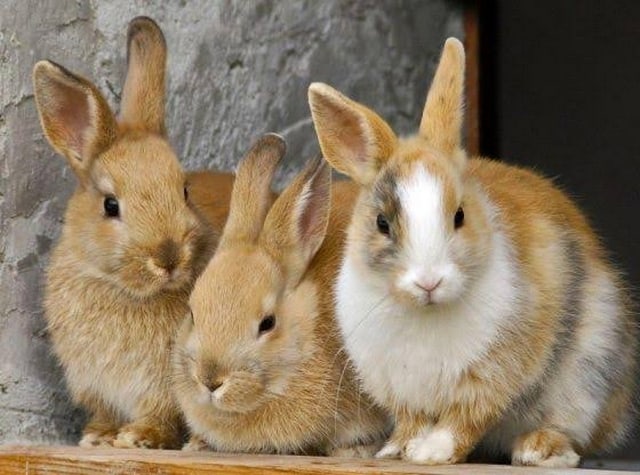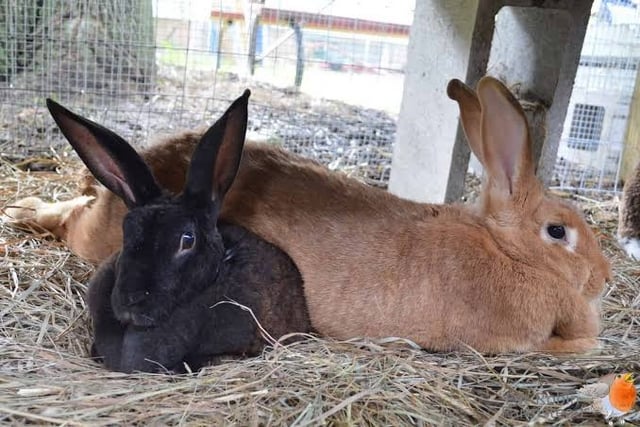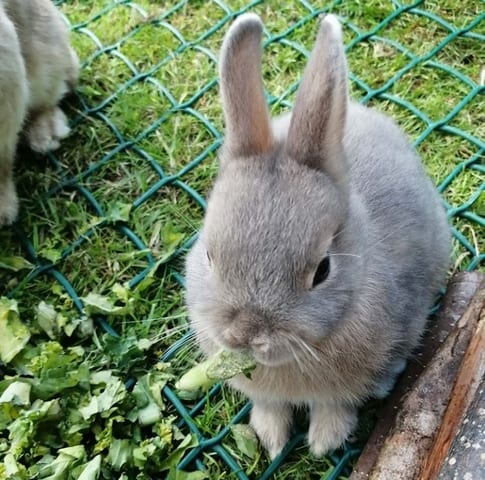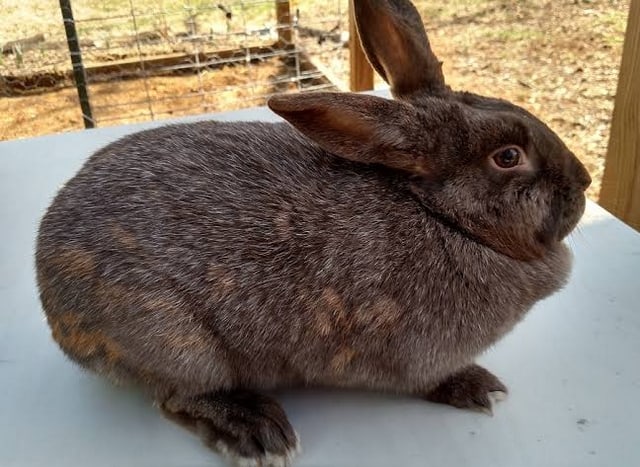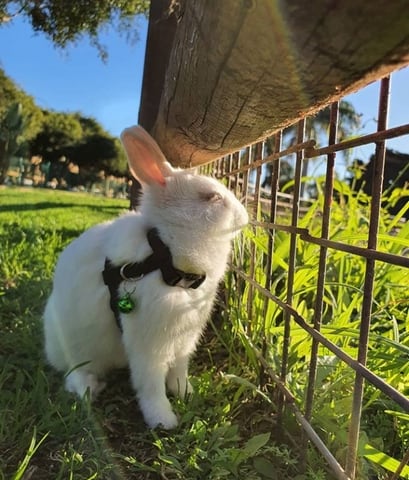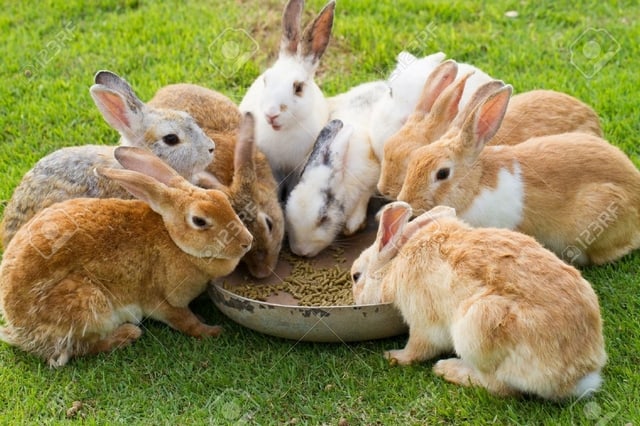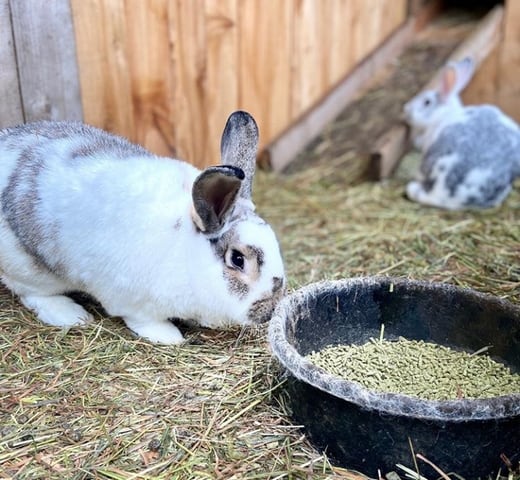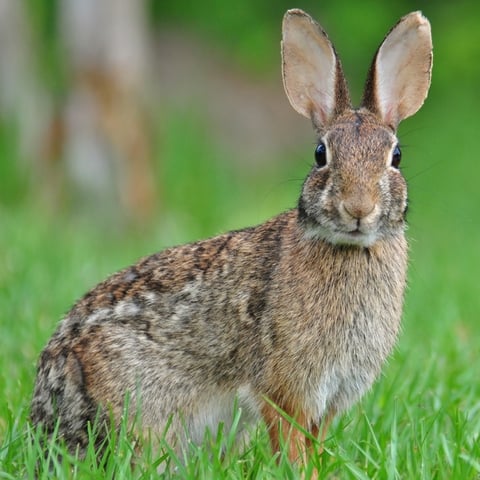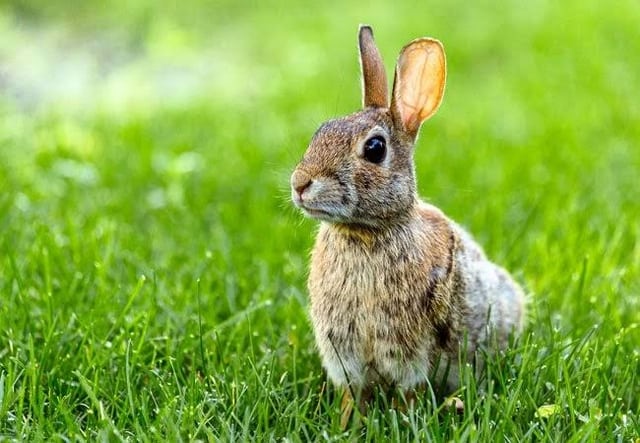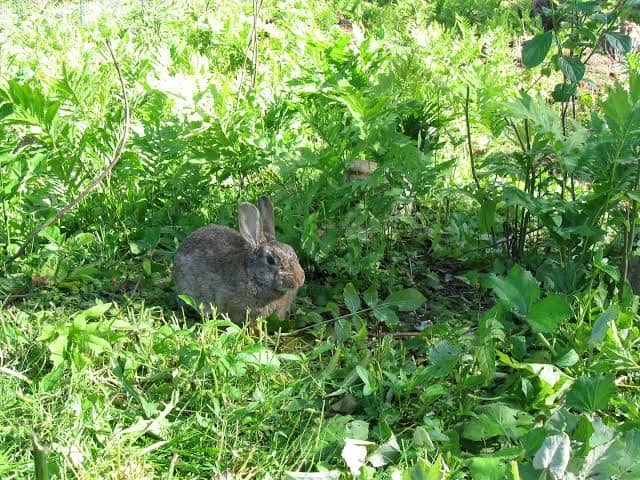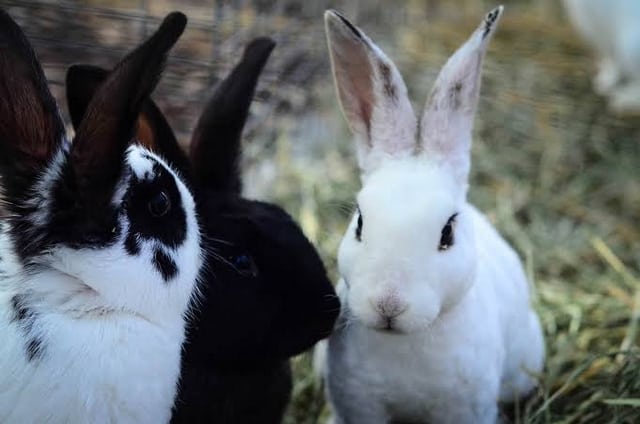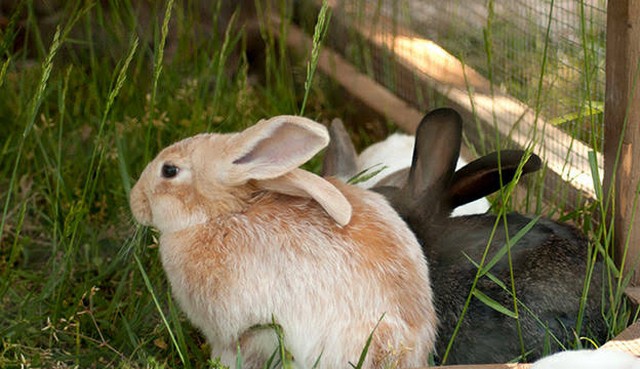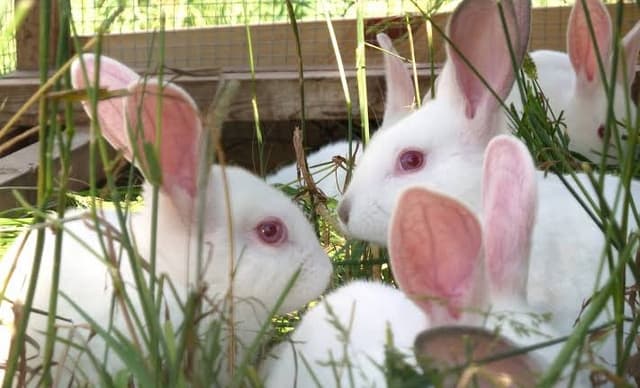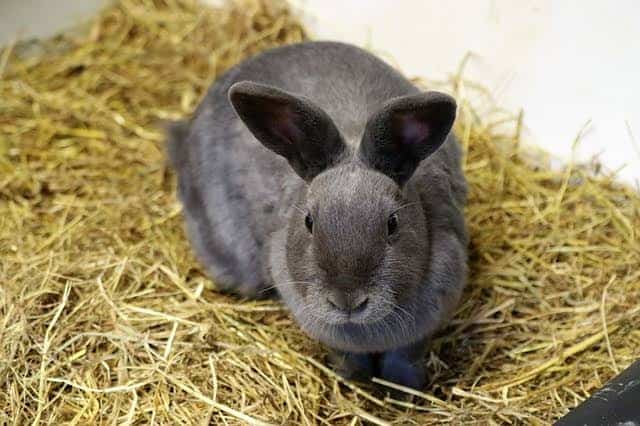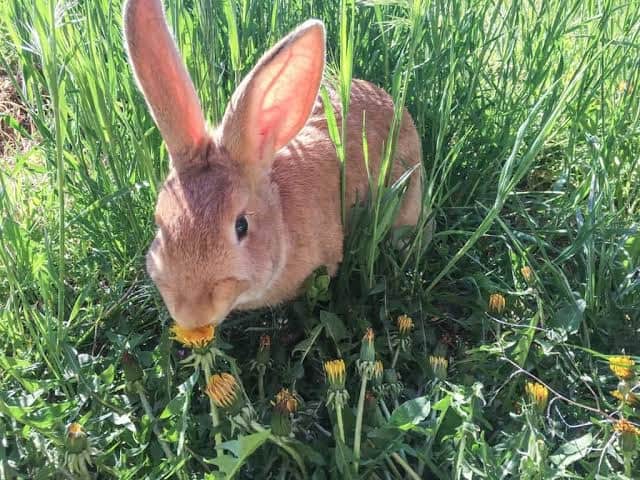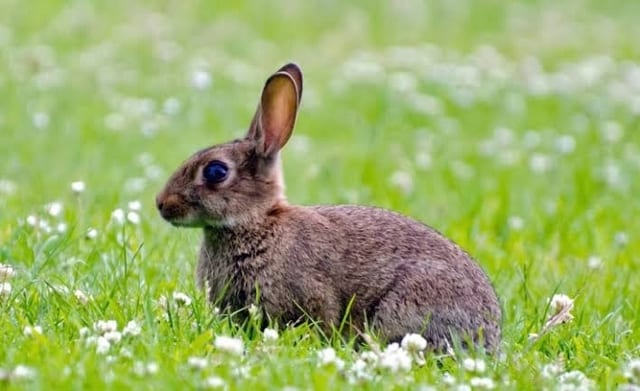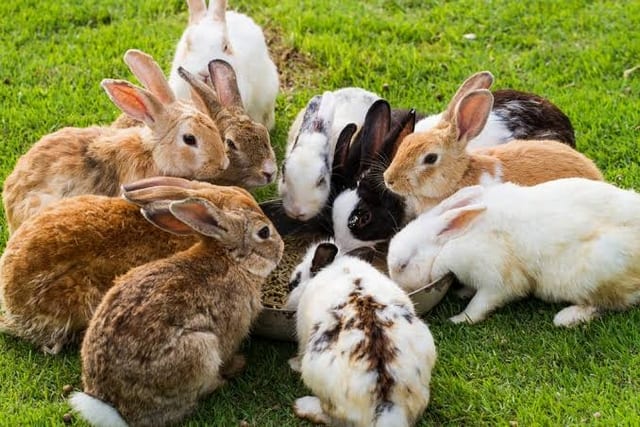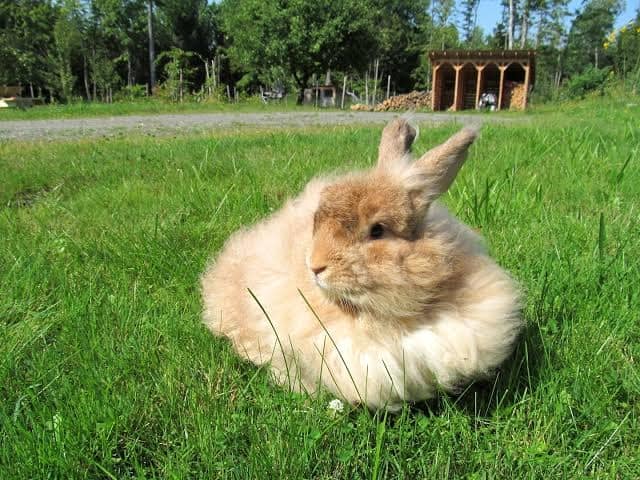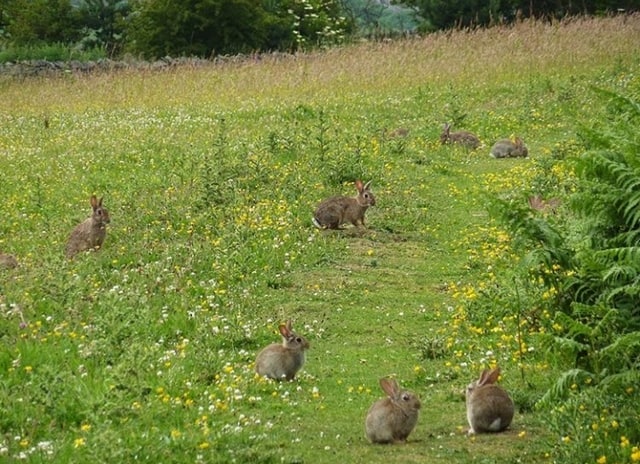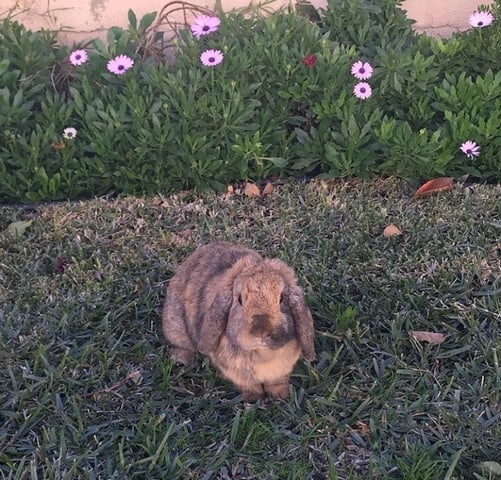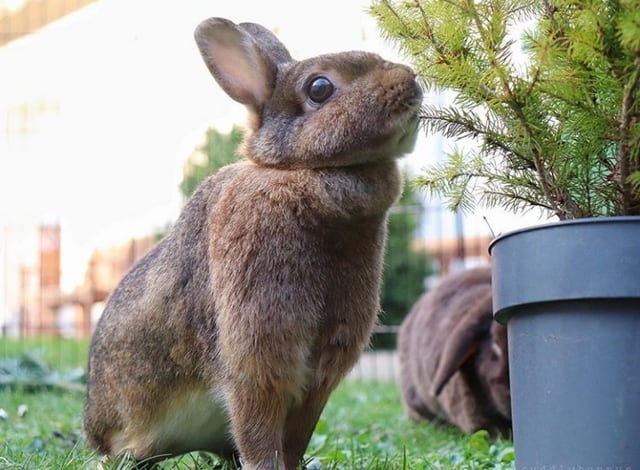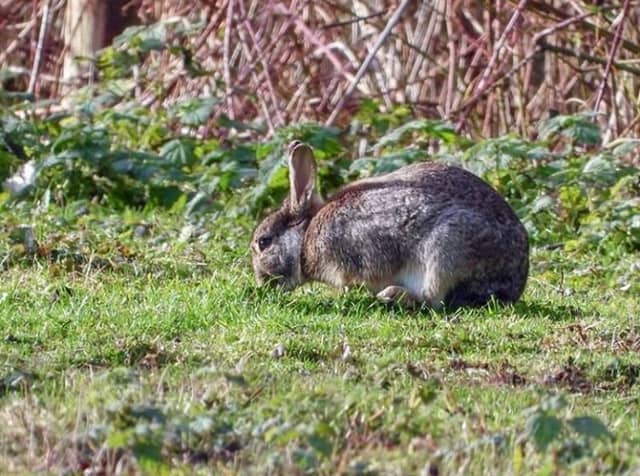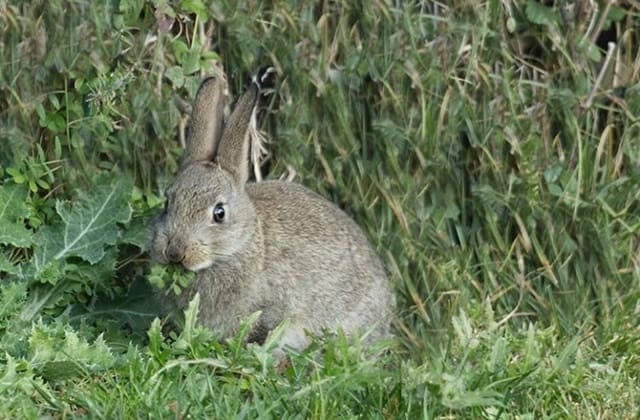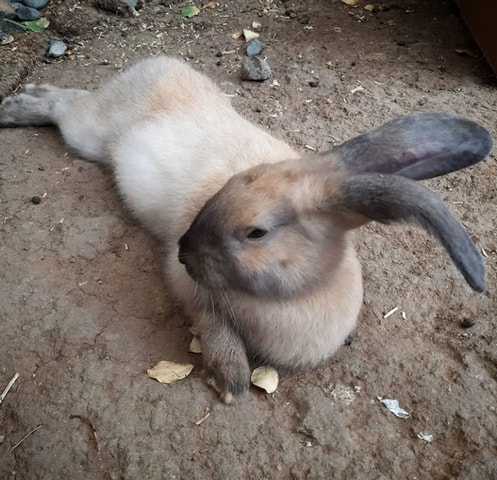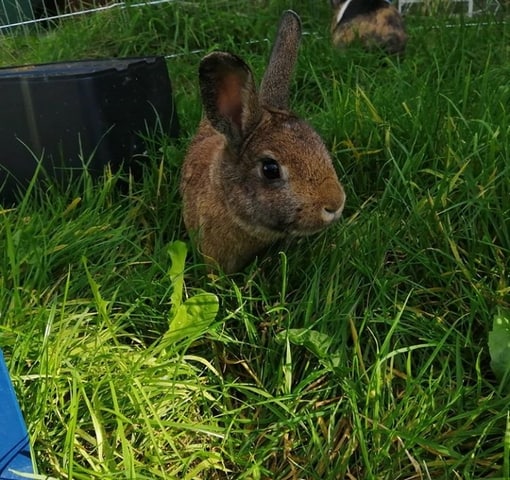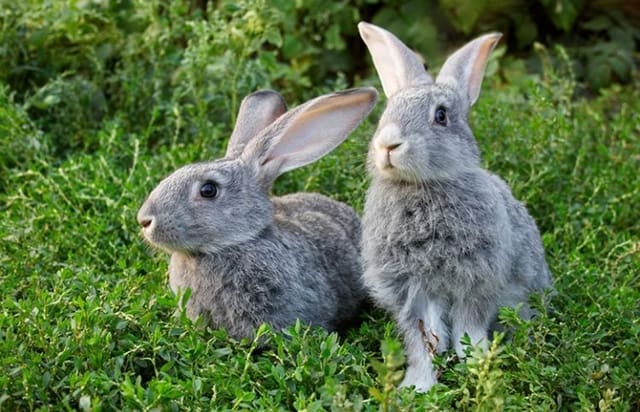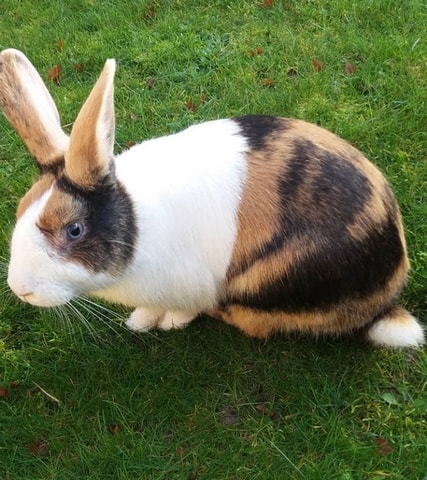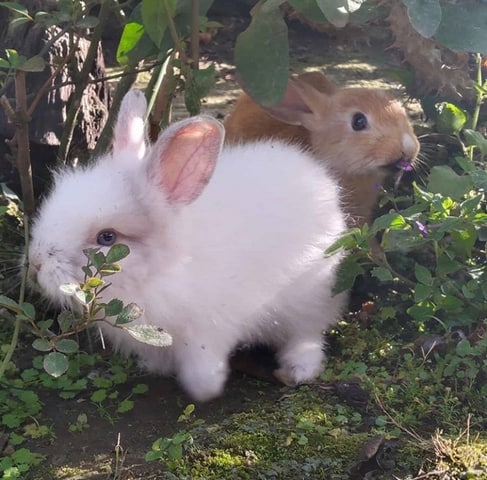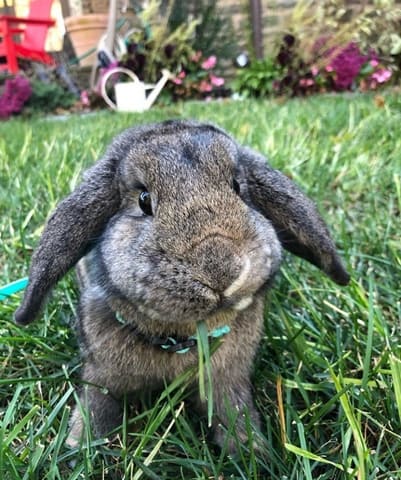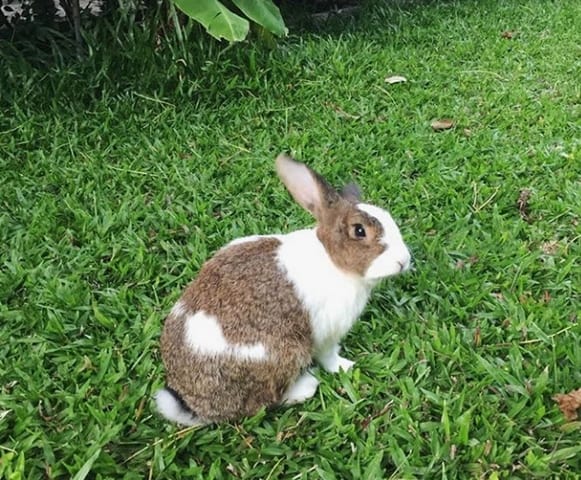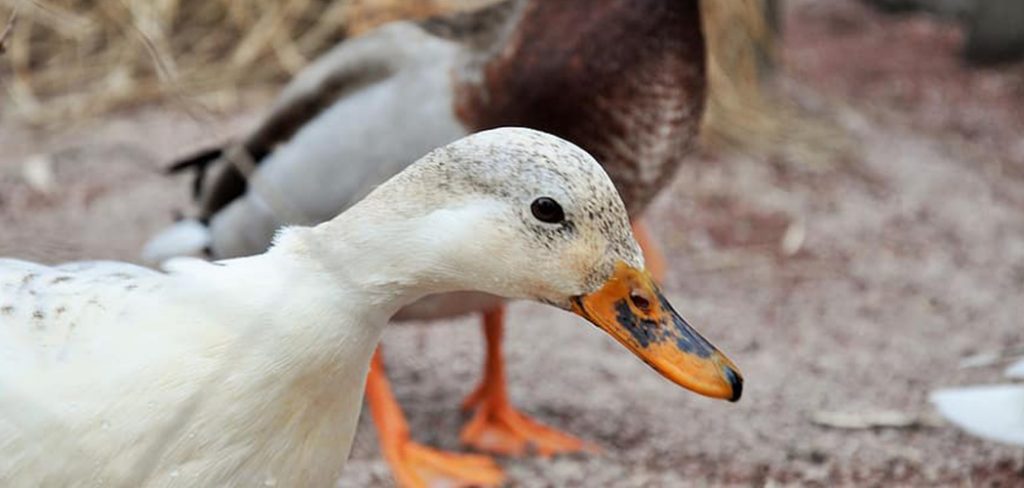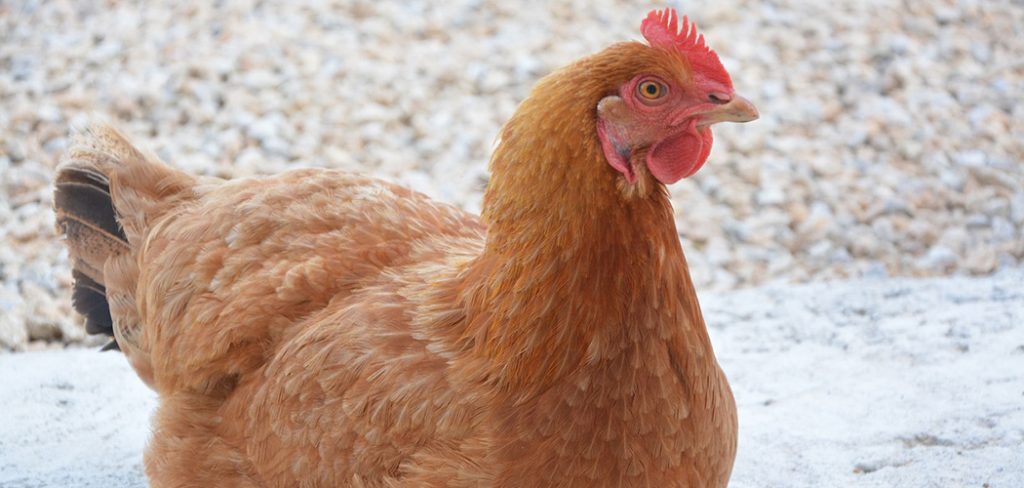Rabbits are an economical and eco-friendly source of meat. It is believed that pastured meat rabbits are one of the richest sources of animal protein.
Every backyard homestead ought to have a few of these wonderful animals around, as the benefits of raising them cannot be overstated.
While rabbits are traditionally kept in hutches, raising them on pastures is a relatively cost-effective way to raise them.
By applying the principles of intensive grazing, you can raise rabbits on pastures to produce healthy meat for your family.
The amount spent on raising pastured meat rabbits is considerably lesser than if they are kept in cages; This is due to a reduction in the amount spent on feed.
In today’s article, we are going to guide you through the essentials on how to successfully raise rabbits on pasture.
1. Selecting the right rabbit breeds to raise
Not all pastured meat rabbits are good. Therefore, it is essential to choose breeds that will reach a good size on pasture. Some recommended breeds are:
- New Zealand rabbits
- Californian rabbits
- American chinchilla
- Satin rabbits
- Cinnamon rabbits
Each breed has its own merits, and you should choose the ones that’ll suit your meat needs.
2. Housing Pastured Meat Rabbits
The whole idea of raising meat rabbits in pastures revolves around giving them free access to greens; hence, keep housing simple.
To raise pastured meat rabbits, you require cage on wheels which you move to different parts of a permanent, wired-off pasture on a daily basis.
You can purchase this either online or at a local farm store. Leaving rabbits out in the open not recommended, as they will most likely, all wander off.
If you have basic DIY skills, constructing cages is a project you can embark on as well. Ideally, rabbit cages should be divided into compartments, with each compartment around four feet long, eight feet wide, and two feet high.
This will hold at least, seven rabbits. Build each compartment with wire mesh to ensure adequate ventilation.
The most important aspect of cages to be used in raising pastured meat rabbit is the flooring as this grants rabbits access to grass.
The bottom of the cage should be made of wire nets or thin wooden slats running the full length of the cage.
Each slat should be parallel to each other, and the long sides of the pen. Furthermore, slats should be 1-2 inches apart. Place a reinforcing bar on the slats in middle of the pen as this ensures rabbits don’t escape.
The roofing of pastured rabbit pens is most times, made of corrugated aluminium sheets. You can even consider DIYing your own rabbit space.
3. Feed requirements
One major appeal of raising pastured meat rabbits is the reduction in feeding costs. Pasture will supply between 25-40 percent of your rabbits’ dietary needs.
Meat rabbits have a preference for plants with stems, and stalks such as beet greens, comfrey and chicory, but will also feed on legumes and grasses.
Rabbits will only eat grasses and plants that point upwards; hence, ensure you move pens in the direction of slats to avoid trampling on plants. If your pen doesn’t have wheels, lift it up, and set it down lightly after moving.
Meat rabbits are coprophagous, which means they feed on pellets that are produced in the caecum during the day and let out through the anus at night.
Basically, they feed on their own faeces. These pellets are highly rich in vitamins and proteins; hence, consuming them means rabbits are able to redigest previously eaten food and absorb nutrients from bacterial fermentation.
Therefore, pastured meat rabbits can produce meat without a high grain diet; consequently, they are a more environmentally-sound source of meat compared to non-pastured rabbits.
Meat rabbits can also be fed with carrots, parsnips, hay, and standard rabbit or alfalfa pellets. Provide salt and mineral supplements with all rations.
4. Health and safety
Meat rabbits should not return to grounds they have previously grazed on to reduce the risk of them contracting diseases – most especially, coccidiosis.
When rabbit does give birth, raise the kits indoors for the first few weeks to prevent them from contracting diseases and to ensure they don’t run away.
Rabbits are usually preyed upon by hawks, eagles, raccoons and foxes. Covering the top of your pen keeps birds and raccoons away, while providing measures against digging solves the fox problem.
Remember to change their water from time to time, and take out unfinished food daily.
Overall, raising meat rabbits is an exciting project, and your family gets healthy, nutritious meat in return for your troubles.
Photo gallery of pastured meat rabbits
Read my other article on Angora rabbit.
